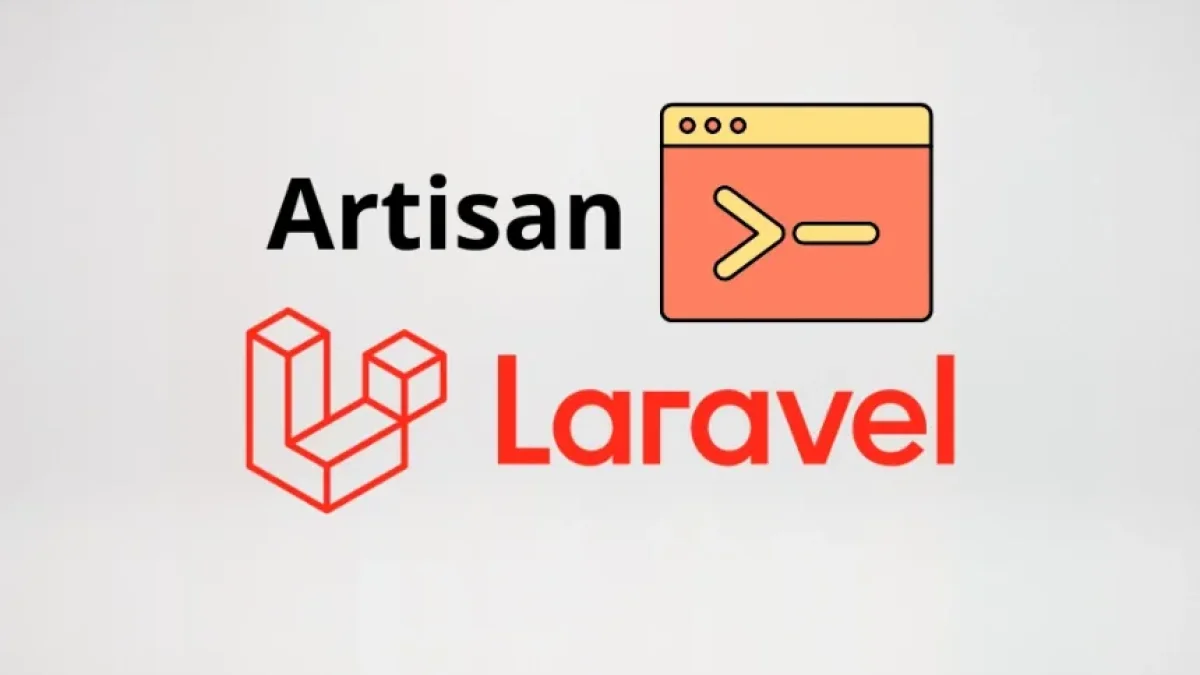How to Do Web Scraping with Laravel to Automate Data Collection


Web scraping is a technique that allows you to extract information from websites. In this article, you'll learn how to perform web scraping using Laravel, a popular PHP framework. The process will be explored from installing dependencies to implementing the scraping functionality, optimizing content for SEO, and ensuring a smooth data collection experience.
What is Web Scraping?
Web scraping involves using programs or scripts to collect data from web pages. This technique is useful for various applications, such as:
- Competitive Analysis: Gathering information on prices, products, and marketing strategies from competitors.
- Marketplace Research: Comparing prices and availability of products across different online stores.
- Data Analysis: Collecting information for market studies or trend analysis.
Prerequisites
Before you begin, make sure you have the following:
- PHP: Ensure that PHP is installed on your system. Laravel requires at least PHP 7.3.
- Composer: You will need Composer to manage the dependencies of your Laravel project.
- Laravel: If you don't have Laravel installed, you can install it using Composer.
Installing Laravel
To create a new Laravel project, open your terminal and run the following command:
Read also
composer create-project --prefer-dist laravel/laravel project-name
Then, navigate to the folder of your new project:
cd project-name
Installing Goutte and Guzzle
Laravel does not have built-in scraping tools, but you can use libraries like Goutte and Guzzle. Goutte is a PHP library that simplifies web scraping, while Guzzle allows you to make HTTP requests. To install them, run:
composer require fabpot/goutte guzzlehttp/guzzle
Setting Up Goutte
Once the dependencies are installed, you can start using Goutte in your project. Create a new controller that will handle the scraping:
Read also
php artisan make:controller WebScraperController
Then, edit the controller and add the following code:
<?php
namespace App\Http\Controllers;
use Goutte\Client;
use Illuminate\Http\Request;
class WebScraperController extends Controller
{
public function scrape(Request $request)
{
$url = $request->input('url');
$client = new Client();
$crawler = $client->request('GET', $url);
// Here you can select the elements you want to extract
$crawler->filter('.css-selector')->each(function ($node) {
echo $node->text() . "<br>";
});
}
}Explanation of the Code
- Client: An instance of Client is created that allows sending requests to the specified URL.
- Filter: The filter method is used to select elements from the DOM based on a CSS selector.
Creating a Route for the Scraper
Now you need a route to access your controller. Open routes/web.php and add the following entry:
Route::post('/scrape', [WebScraperController::class, 'scrape']);Creating a Simple Interface for Scraping
Let’s create a simple view where users can enter the URL they want to scrape. Create a file resources/views/scrape.blade.php with the following content:
<!DOCTYPE html>
<html>
<head>
<title>Web Scraper</title>
</head>
<body>
<form action="/scrape" method="POST">
@csrf
<label for="url">URL to scrape:</label>
<input type="text" id="url" name="url" required>
<button type="submit">Scrape</button>
</form>
</body>
</html>How to Display the View
To display this view, add another route in routes/web.php:
Route::get('/scrape', function () {
return view('scrape');
});Testing the Web Scraping Functionality
- Start your local server: Run the following command in your terminal:
php artisan serve
- Access the application: Go to http://localhost:8000/scrape.
- Enter the desired URL and click the button to scrape.
Error Handling and Improvements
When doing scraping, it's important to handle errors such as:
- Invalid URLs
- Unsuccessful HTTP responses
- Elements that do not exist on the target page
You can improve the interface and functionality by implementing proper validations and using exceptions in your scraping code.
Conclusion
Web scraping with Laravel is a powerful tool for automating data collection. With the installation of Goutte and Guzzle, you can easily start building your own custom scrapers. Be sure to follow legal and ethical guidelines when performing scraping to avoid violating the terms of service of websites.
This article provides a solid foundation to get started, but you can expand your scraper according to your specific needs. Good luck on your web scraping adventure with Laravel!



















